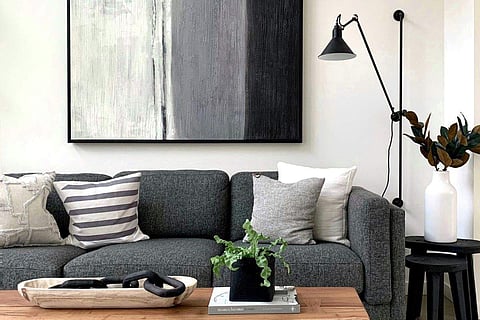
- LIFESTYLE
- FASHION
- FOOD
- ENTERTAINMENT
- EVENTS
- CULTURE
- VIDEOS
- WEB STORIES
- GALLERIES
- GADGETS
- CAR & BIKE
- SOCIETY
- TRAVEL
- NORTH EAST
- INDULGE CONNECT

Our mental well-being is intricately tied to our perception of physical spaces, a relationship explored by designers who harness various factors to creatively program these environments. Special cells in the Hippocampal regions of our brains respond to the geometry and arrangements of the spaces we inhabit.
Harmony, a complex mix of balance, proportion, symmetry, and rhythm, significantly influences how spaces are perceived and experienced. From city planning to interior design, it plays a pivotal role in fostering positive feelings and interactions. Concepts like "triangulation" in urban planning encourage spontaneous connections, alleviating social stress.
In interior spaces, harmony manifests through room size, shape, ceiling height, furniture arrangement, and views connecting the interior to the environment. Research suggests that larger spaces with higher ceilings foster creative thinking, while smaller, compact spaces are conducive to focused tasks.
Colour, another influential factor, can shape the behaviour of a space and impact occupants' well-being. Warm colours like yellow, green, and orange encourage communication and socializing, while cooler hues make spaces appear to expand outward. Architects experiment with colour to program spaces contextually, as demonstrated by an experiment where guests immersed in blue tended to explore boundaries, while those in red gravitated toward the centre.
Light, whether natural or artificial, is crucial in influencing how spaces are utilized and perceived. Colour temperature, measured in Kelvin, plays a role in the perception of volume within spaces. Different types of lighting—ambient, task, and accent—serve various purposes, from providing general illumination to focusing on specific areas or adding drama to interiors.
Understanding and creatively manipulating these factors allows designers to shape environments that positively reinforce safety, social connectedness, ease of movement, and sensory stimulation. As we delve deeper into the secrets of spatial design, we unlock new possibilities for enhancing productivity and overall well-being.